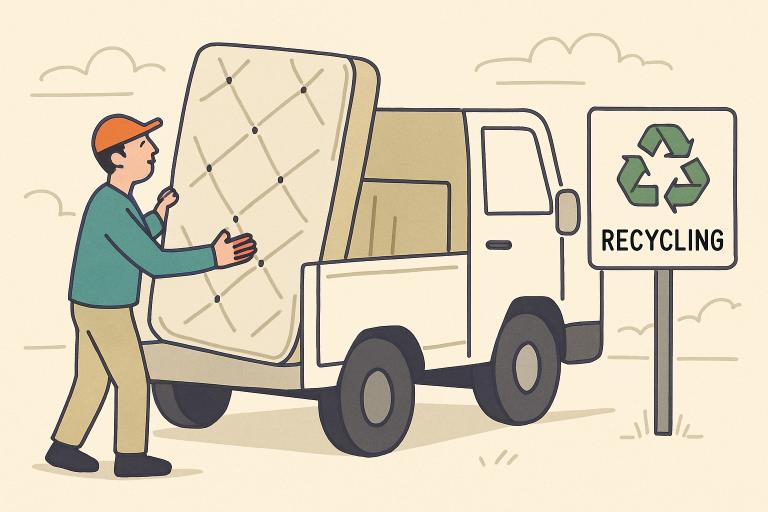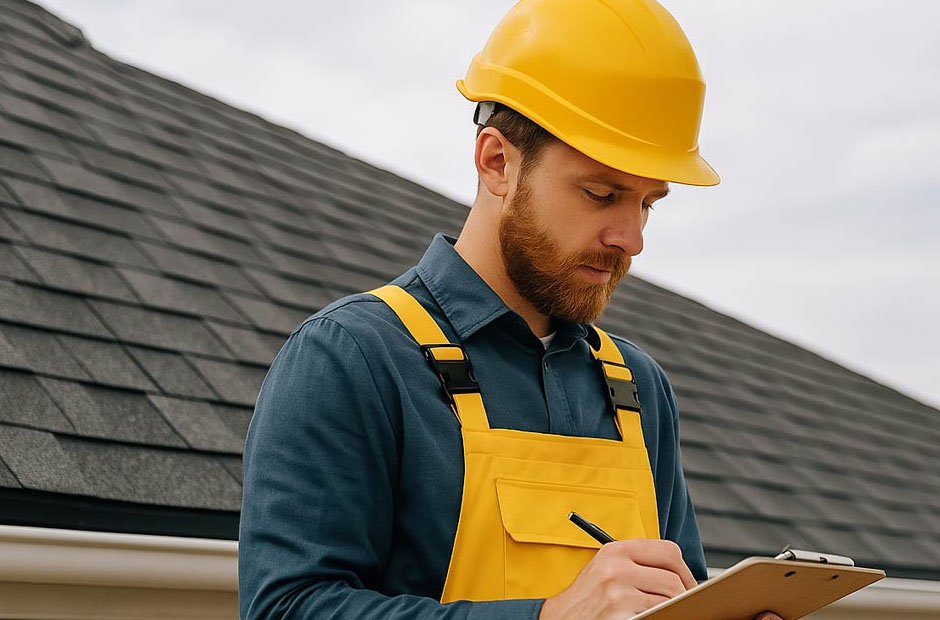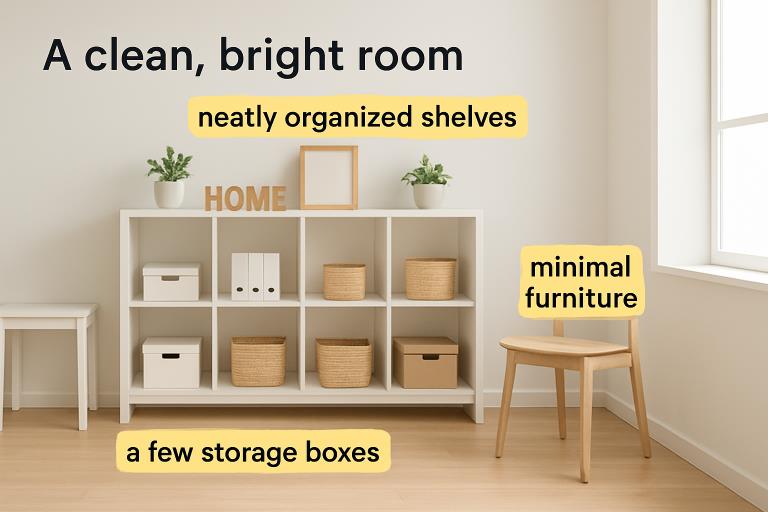Now Reading: Integrating Hardscape & Softscape: Balancing Pavement, Plants, and Paths
-
01
Integrating Hardscape & Softscape: Balancing Pavement, Plants, and Paths
Integrating Hardscape & Softscape: Balancing Pavement, Plants, and Paths

Key Takeaways
- Blending hardscape and softscape results in functional and beautiful outdoor spaces.
- Proportion, flow, and color harmony are crucial for a balanced landscape design.
- Sustainable practices support local ecosystems and reduce maintenance needs.
The Importance of Hardscape and Softscape in Landscape Design
The harmony between hardscape and softscape determines the success of any landscape project. Hardscape features such as patios, walkways, and retaining walls provide structure, accessibility, and purpose to an outdoor space. These elements outline areas for relaxation, dining, or play, making the space both functional and visually appealing.
Softscape elements—including turf, native shrubs, perennials, and trees—inject vitality, color, and seasonal interest into the environment. Softscaping breathes life into otherwise static areas, contributing softness and biodiversity that help a landscape flourish. Integrating hardscape with well-chosen plantings ensures seamless transitions and supports local pollinators and wildlife. When considering a professional approach, expert landscaping services can guide design decisions to achieve the right mixture of built and natural elements.
Merging these elements isn’t just about aesthetics. Hardscape creates clear paths, boundaries, and destination points, while softscape weaves in natural beauty. For example, a stone path bordered by ornamental grasses and perennial blooms doesn’t just look inviting—it also guides movement and frames garden views.
By paying attention to both structure and life in your garden spaces, you make the outdoors inviting and accessible year-round. Consider how climate, usage, and maintenance will impact the enjoyment of your landscape, as each decision shapes the overall look and feel.
Creating Balance: Key Design Principles
Proportion and Scale
Getting the proportions right is essential to avoid a landscape that feels crowded or sparse. Large patios or walls work best with larger plants and bolder groupings, while modestly sized pathways pair well with ground covers or compact shrubs. Thoughtful planning ensures that no single feature overwhelms the space, maintaining harmony throughout the design.
Rhythm and Flow
Alternating between hardscape and plant clusters can create a natural “rhythm” in your garden. This sense of movement keeps visitors engaged and guides them through different spaces with visual interest. For instance, repeating similar materials and plant types can unify the look while highlighting focal points along the journey.
Color Harmony
Coordinating the palette of your hardscape materials and planting selections creates coherence and mood. Neutral stones or pavers can be softened with greenery, while warm-toned brick may pair beautifully with vibrant flowers. Complementary hues between built and living elements enhance the sense of unity in your outdoor spaces.
Sustainable Integration of Hardscape and Softscape
Modern landscapes increasingly favor sustainable approaches that benefit both people and the planet. Choosing permeable hardscape materials—such as gravel, permeable pavers, or wood decking—allows water to filter into the soil, mitigating runoff and supporting plant growth. This simple switch can reduce flooding and erosion while nourishing your garden’s softscape.
Incorporating native and drought-tolerant plants minimizes water usage and supports regional wildlife. Native varieties generally require less fertilizer and maintenance, so you’ll spend less time tending your landscape and more time enjoying it.
Strategic shading with trees or large shrubs can also conserve energy by cooling patios and nearby structures. Beyond aesthetics, these choices protect your investment and contribute to a healthier environment.
Conclusion
A well-designed landscape harmonizes hardscape and softscape elements to create outdoor spaces that are comfortable, durable, and inspiring. By embracing principles of proportion, flow, and color, and keeping sustainability in mind, you can build an environment that matures beautifully over time. Whether you’re starting from scratch or revamping an existing yard, considering the interplay of pavement, plants, and paths ensures that your efforts yield lasting value and enjoyment.





















